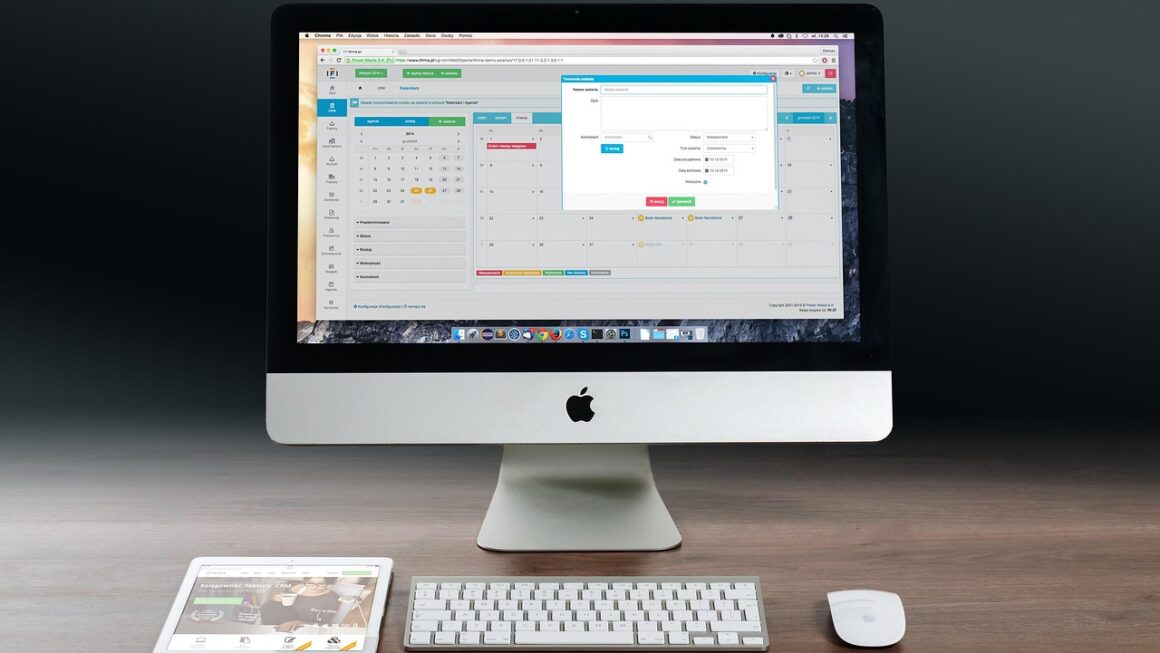Remote work has exploded in recent years, transforming how companies operate and where employees live. This shift has brought numerous advantages, but it also presents new challenges, particularly when it comes to onboarding new hires. A successful remote onboarding process is crucial for setting up new team members for success, fostering engagement, and ensuring a smooth transition into their roles. In this comprehensive guide, we’ll explore the essential components of effective remote onboarding, providing practical tips and strategies to help you create a seamless experience for your new remote employees.
The Importance of Remote Onboarding
Why Remote Onboarding Matters
Remote onboarding is more than just sending a welcome email and some paperwork. It’s a structured process designed to integrate new hires into the company culture, provide them with the necessary tools and resources, and connect them with their colleagues – all while operating remotely. A well-executed remote onboarding program can significantly impact employee retention, productivity, and overall job satisfaction.
- Reduces Time to Productivity: A structured onboarding program equips new hires with the knowledge and resources they need to contribute quickly and effectively.
- Improves Employee Retention: Feeling welcomed and supported from day one increases employee loyalty and reduces early turnover.
- Enhances Employee Engagement: Engaged employees are more productive and committed to their work.
- Strengthens Company Culture: Remote onboarding provides an opportunity to communicate and reinforce company values and mission.
- Creates a Positive First Impression: A well-organized onboarding experience shows that the company values its employees.
A recent study by SHRM found that organizations with a standard onboarding process experience 50% greater new-hire retention. This highlights the critical role onboarding plays, especially in a remote setting.
Challenges of Remote Onboarding
While the benefits are clear, remote onboarding presents unique challenges that need to be addressed:
- Lack of Face-to-Face Interaction: Building rapport and establishing personal connections can be more difficult in a remote environment.
- Technical Difficulties: Ensuring new hires have the right equipment, software, and internet access is essential.
- Maintaining Engagement: Keeping new hires engaged and motivated from afar requires creative strategies.
- Communication Barriers: Clear and consistent communication is vital to avoid misunderstandings and ensure everyone is on the same page.
- Ensuring Cultural Integration: Helping new hires understand and embrace the company culture remotely requires deliberate effort.
Designing Your Remote Onboarding Program
Pre-Onboarding: Setting the Stage for Success
Pre-onboarding activities can significantly impact the new hire’s experience. These steps help prepare the employee and the company for a smooth start.
- Send a Welcome Package: This could include company swag, a welcome letter, or essential equipment.
Example: A tech company might send a new laptop, noise-canceling headphones, and a branded notebook.
- Complete Paperwork Online: Streamline the paperwork process by using digital onboarding tools.
- Introduce the Team: Share team member profiles and contact information to facilitate early connections.
- Outline the Onboarding Schedule: Provide a clear agenda of what to expect during the first week and beyond.
- Confirm Logistics: Double-check that the new hire has access to all necessary systems and software.
Week One: Focus on the Essentials
The first week is crucial for setting the tone and building a strong foundation.
- Welcome Video: Create a welcome video from the CEO or team leader to introduce the company culture and values.
- Virtual Orientation: Conduct a virtual orientation session to cover essential company information, policies, and procedures.
- Meet the Team: Schedule one-on-one meetings with key team members to foster connections and collaboration.
Example: Use a tool like Donut in Slack to automatically pair new hires with team members for virtual coffee chats.
- Set Clear Goals: Define clear and measurable goals for the first week and month.
- Provide Training: Deliver relevant training on company systems, processes, and tools.
Ongoing Onboarding: Sustaining Engagement
Onboarding shouldn’t end after the first week. Ongoing support and development are essential for long-term success.
- Regular Check-ins: Schedule regular check-ins with the new hire’s manager and mentor.
- Feedback Sessions: Provide opportunities for feedback and address any concerns.
- Continued Training: Offer ongoing training and development opportunities to support growth.
- Social Activities: Organize virtual team-building activities to foster camaraderie and connection.
Example:* Host a virtual game night, a cooking class, or a coffee break.
- Performance Reviews: Conduct regular performance reviews to assess progress and provide guidance.
Tools and Technology for Remote Onboarding
Essential Software Solutions
Leveraging the right technology can significantly enhance the remote onboarding experience.
- Onboarding Platforms: Tools like BambooHR, Workday, and Talmundo automate and streamline the onboarding process. These often integrate with HRIS systems.
- Communication Tools: Utilize platforms like Slack, Microsoft Teams, and Zoom for instant messaging, video conferencing, and collaboration.
- Project Management Software: Use tools like Asana, Trello, and Jira to manage tasks, track progress, and collaborate on projects.
- Learning Management Systems (LMS): Deploy an LMS like TalentLMS or LearnUpon to deliver training content and track progress.
- Virtual Meeting Platforms: High-quality video conferencing is critical for effective communication and collaboration. Consider using Zoom, Google Meet, or Microsoft Teams.
- Document Management: A secure document management system will allow the easy and compliant sharing of onboarding information. Solutions include DocuSign, Dropbox, and Google Drive.
Creating Engaging Content
Content is king, especially when onboarding remotely. Keep it engaging and easy to understand.
- Video Tutorials: Create short video tutorials to explain complex processes or software applications.
- Interactive Quizzes: Use quizzes to assess knowledge and reinforce learning.
- Gamified Training: Incorporate gamification elements to make training more engaging.
- Microlearning Modules: Break down information into small, digestible chunks.
- Virtual Tours: Create virtual tours of the office or different departments to help new hires feel connected.
Measuring the Success of Your Remote Onboarding Program
Key Metrics to Track
Measuring the effectiveness of your remote onboarding program is essential for continuous improvement.
- Time to Productivity: How long does it take for new hires to become fully productive?
- Employee Retention: What is the retention rate of new hires after 3 months, 6 months, and 1 year?
- Employee Engagement: Measure engagement through surveys, feedback sessions, and performance reviews.
- Completion Rates: Track the completion rates of onboarding tasks and training modules.
- Feedback Scores: Collect feedback from new hires on their onboarding experience.
Gathering Feedback
Actively solicit feedback from new hires to identify areas for improvement.
- Onboarding Surveys: Conduct regular surveys to gather feedback on the onboarding process.
- One-on-One Meetings: Use one-on-one meetings to discuss the new hire’s experience and address any concerns.
- Focus Groups: Organize focus groups to gather more in-depth feedback.
- Anonymous Feedback Forms: Provide anonymous feedback forms to encourage honest responses.
- Exit Interviews: When employees leave, conduct exit interviews to understand their reasons for leaving and identify areas for improvement.
Conclusion
Remote onboarding is a critical investment for any organization embracing remote work. By implementing a structured, engaging, and well-supported onboarding program, companies can set new hires up for success, foster a strong sense of connection, and ensure long-term employee retention and productivity. Remember to continuously measure and improve your onboarding process based on feedback and key metrics to stay ahead in the evolving world of remote work. By focusing on the essential elements outlined in this guide, you can create a remote onboarding experience that delights your new hires and contributes to the overall success of your organization.




